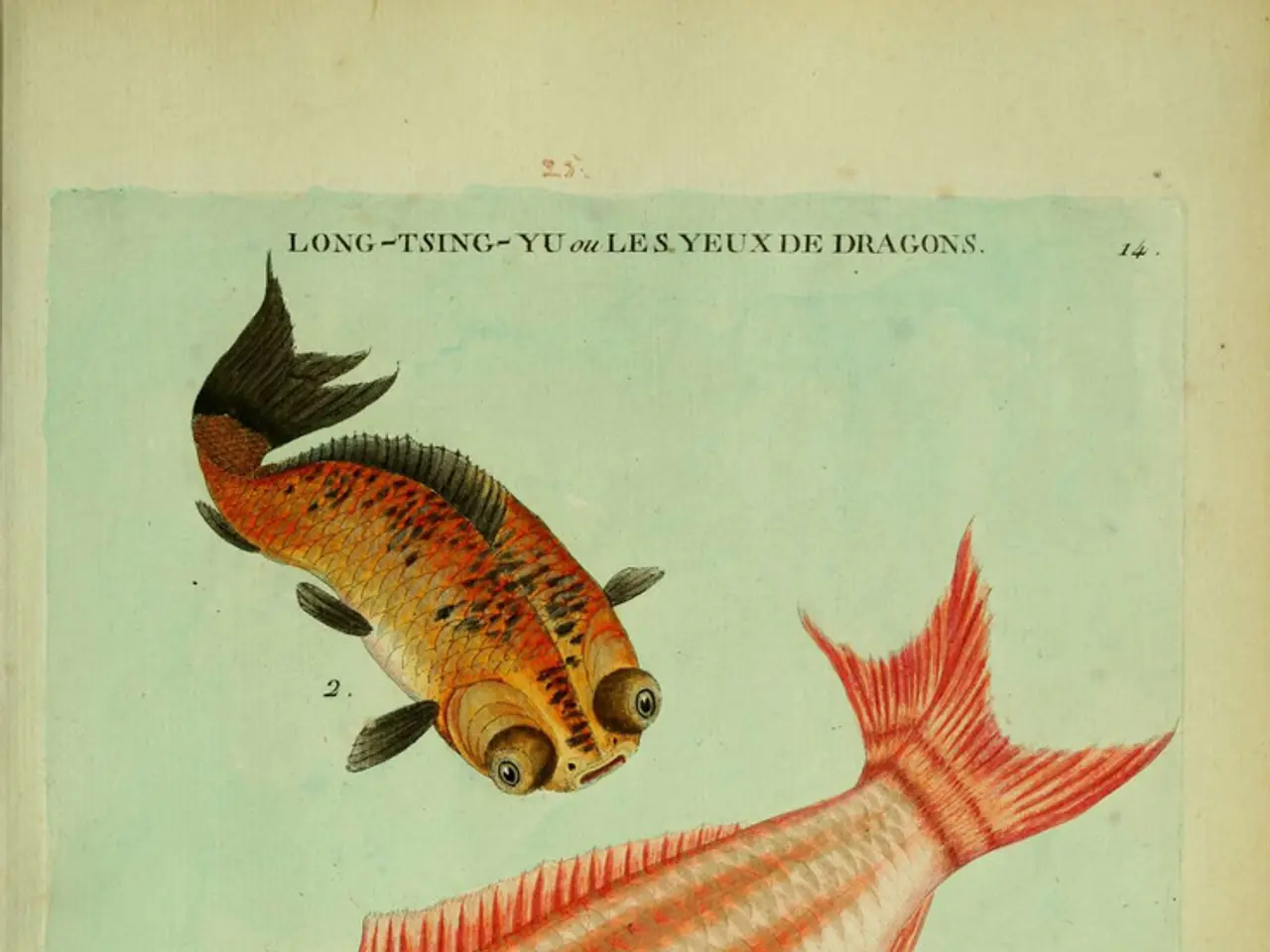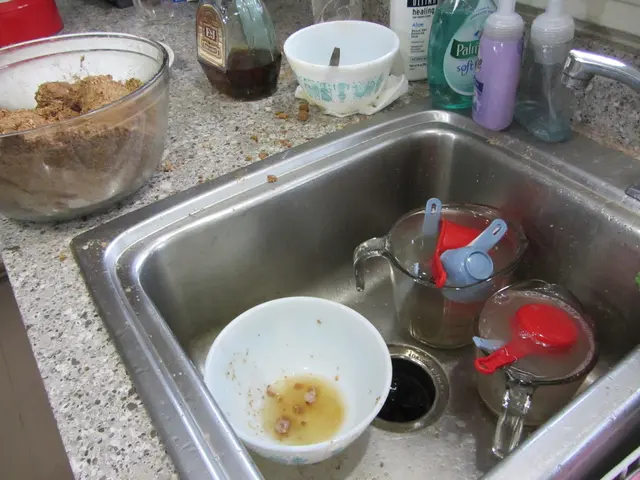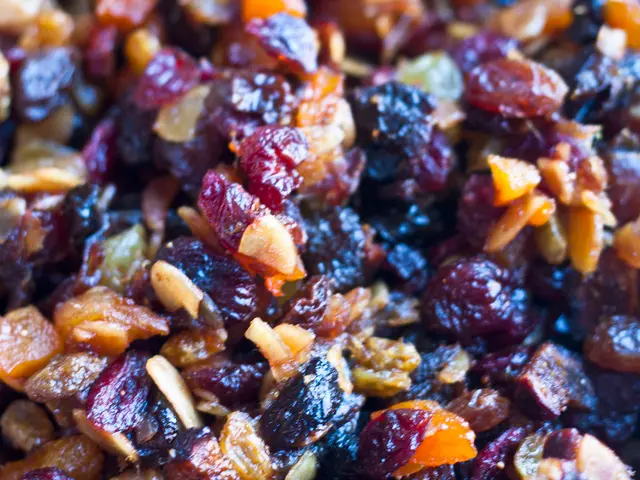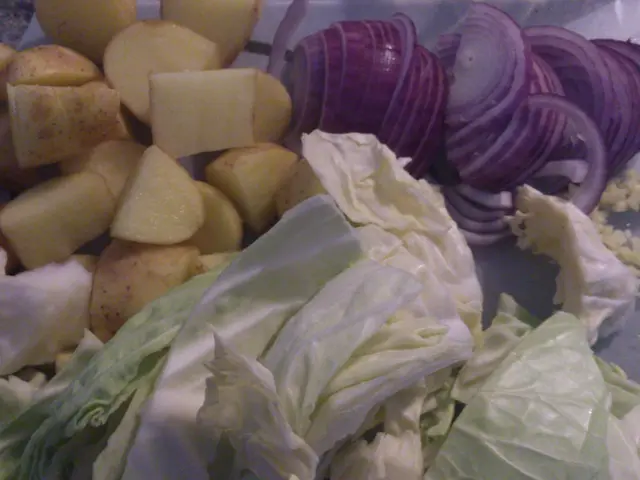Unraveling Insights from Minuscule Samples: The Magnificent Discovery of Monstrous Fish Trends
In the bustling commercial fishing center of Pier 38, also known as the Honolulu Fish Auction, a unique partnership is thriving. This collaboration between local fishermen and NOAA life history scientists is playing a pivotal role in understanding and managing fish populations in Hawai'i.
The partnership, spearheaded by skilled angler and advocate for fishermen, Watamura, involves collecting data from fish caught in local waters. This data is invaluable for scientists, like fish biologist Eva Schemmel, who study the life history of various fish species found across the Pacific Islands.
The collaboration has several key aspects. Data collection is central, with fishermen providing specimens like record-sized catches for analysis. For instance, when a record-sized gindai (deepwater snapper) was caught, scientists could gather critical data from this specimen. By studying how fish grow, reproduce, and die, scientists can understand fish population structures and health.
Another crucial aspect is population health assessment. By analyzing larger fish, scientists can determine average and maximum lifespans, which helps in creating accurate stock assessment models. These models are essential for managing fisheries sustainably.
The benefits of this collaboration are manifold. It ensures sustainable fishing practices by maximizing fishing opportunities while maintaining reproductive levels. Moreover, the scientific insights gained from this partnership inform management decisions, ensuring that fisheries are managed effectively to sustain fish populations over time.
Watamura, a former advisor to the Western Pacific Fisheries Management Council, initially felt that sharing catch information with scientists and managers might lead to less fishing. However, he later realized that it helps sustain fish stocks. He encourages other fishermen to contact the Science Center if they catch something of note.
One such example is the 35.5-pound hāpu'upu'u, a Hawaiian grouper, brought to the lab. This 40-year-old female, larger than the typical size when hāpu'upu'u change to male, provided valuable insights into the species' life cycle.
The science of aging fish relies on otoliths, tiny bones in a fish's inner ear that carry growth information. Otolith samples from the gindai showed the fish was about 30 years old. Understanding fish populations helps scientists maximize harvest opportunities for fishermen.
This collaboration between fishermen and NOAA life history scientists is vital for maintaining healthy fish populations and contributing to the long-term sustainability of Hawai'i's fisheries. If you have caught something of interest, you can email [email protected] to learn more about your catch. The gindai, worth more than its weight due to this collaboration, is a testament to the value of this partnership.
- The unique partnership at Pier 38, comprising local fishermen and NOAA life history scientists, plays a significant role in studying the life history of various fish species across the Pacific Islands.
- By gathering data from catches, fishermen contribute invaluable specimens for scientists like Evan Schemmel, helping in understanding fish population structures and health.
- Through population health assessment, scientists can determine average and maximum lifespans, which aid in creating sustainable fisheries management models.
- As a result of this collaboration, sustainable fishing practices are ensured while maintaining reproductive levels, and scientific insights guide effective management decisions for long-term fish population sustainability.
- The scientific analysis of fish, such as the 40-year-old hāpu'upu'u brought to the lab, offers valuable insights into fish life cycles, which ultimately helps maximize harvest opportunities for fishermen.





